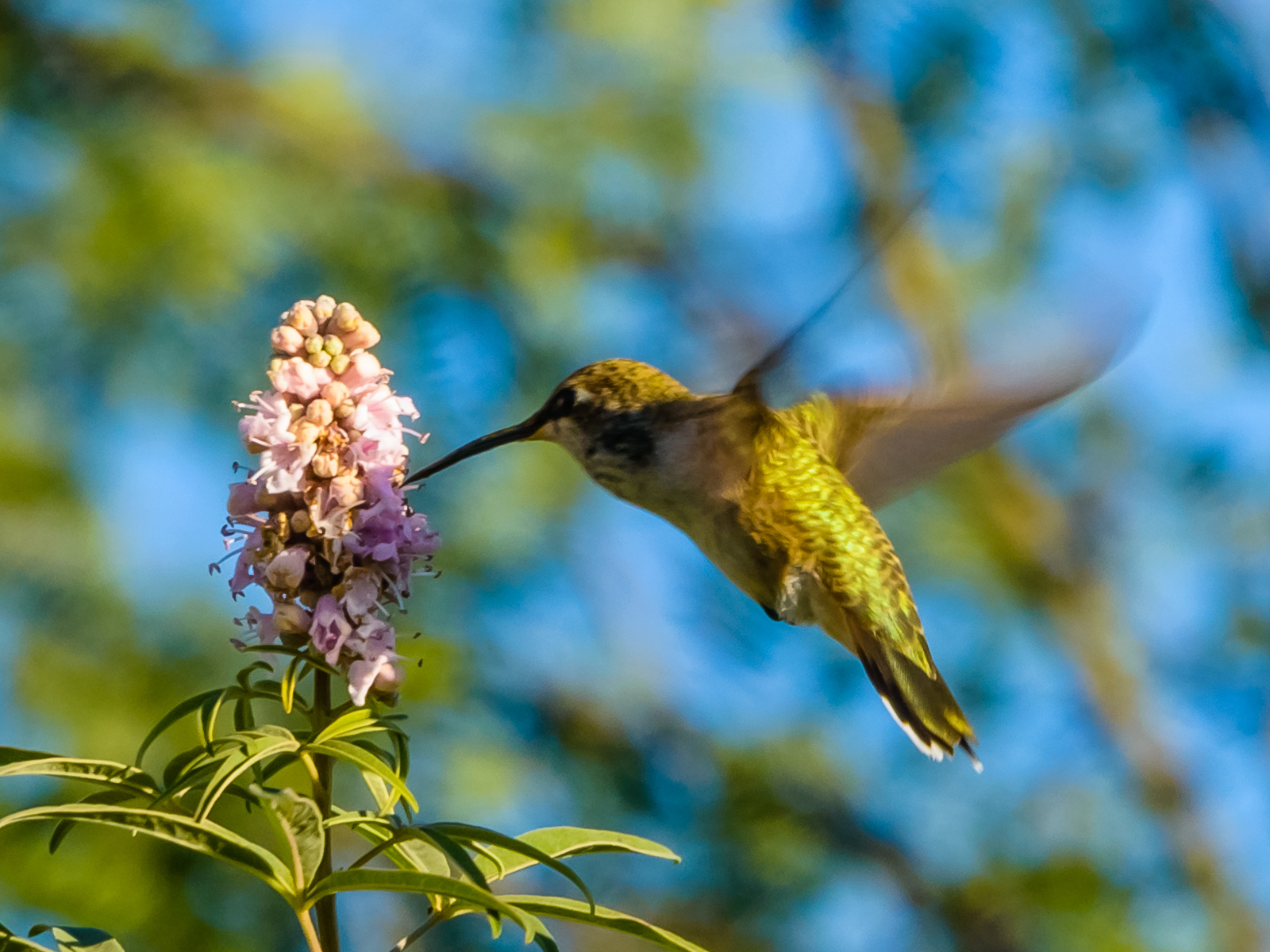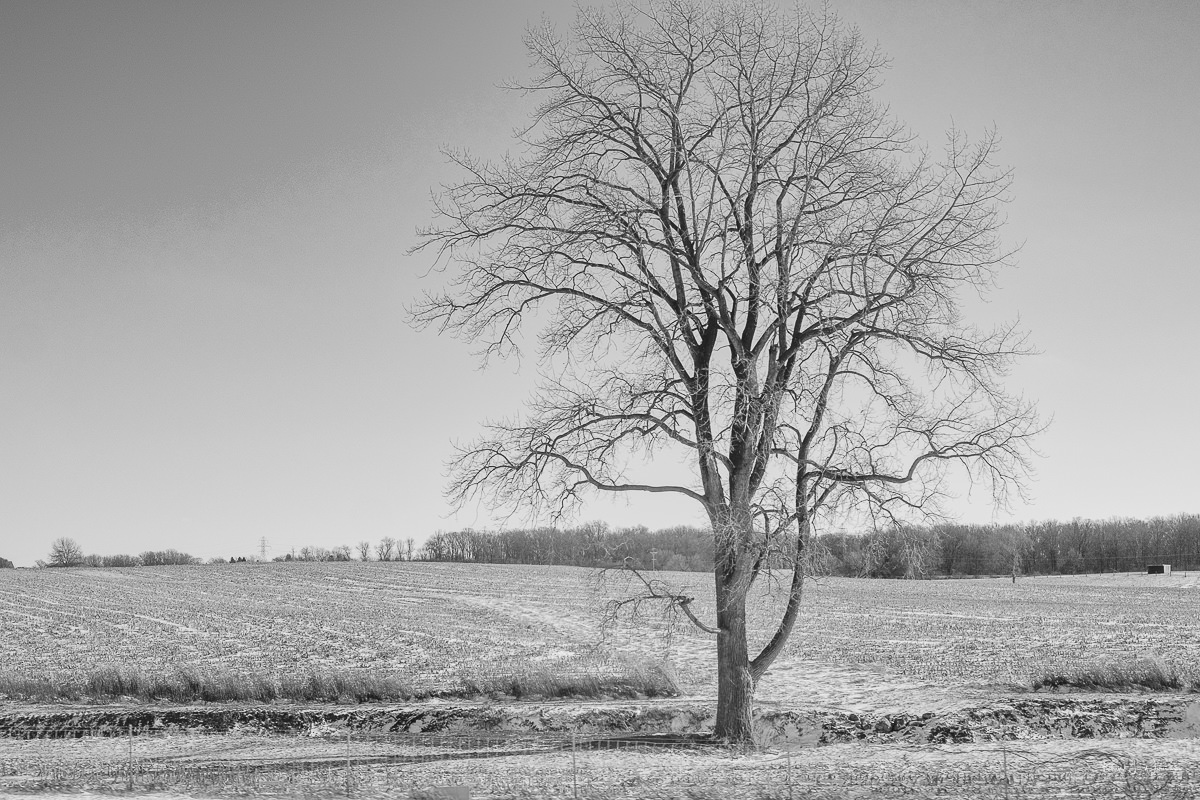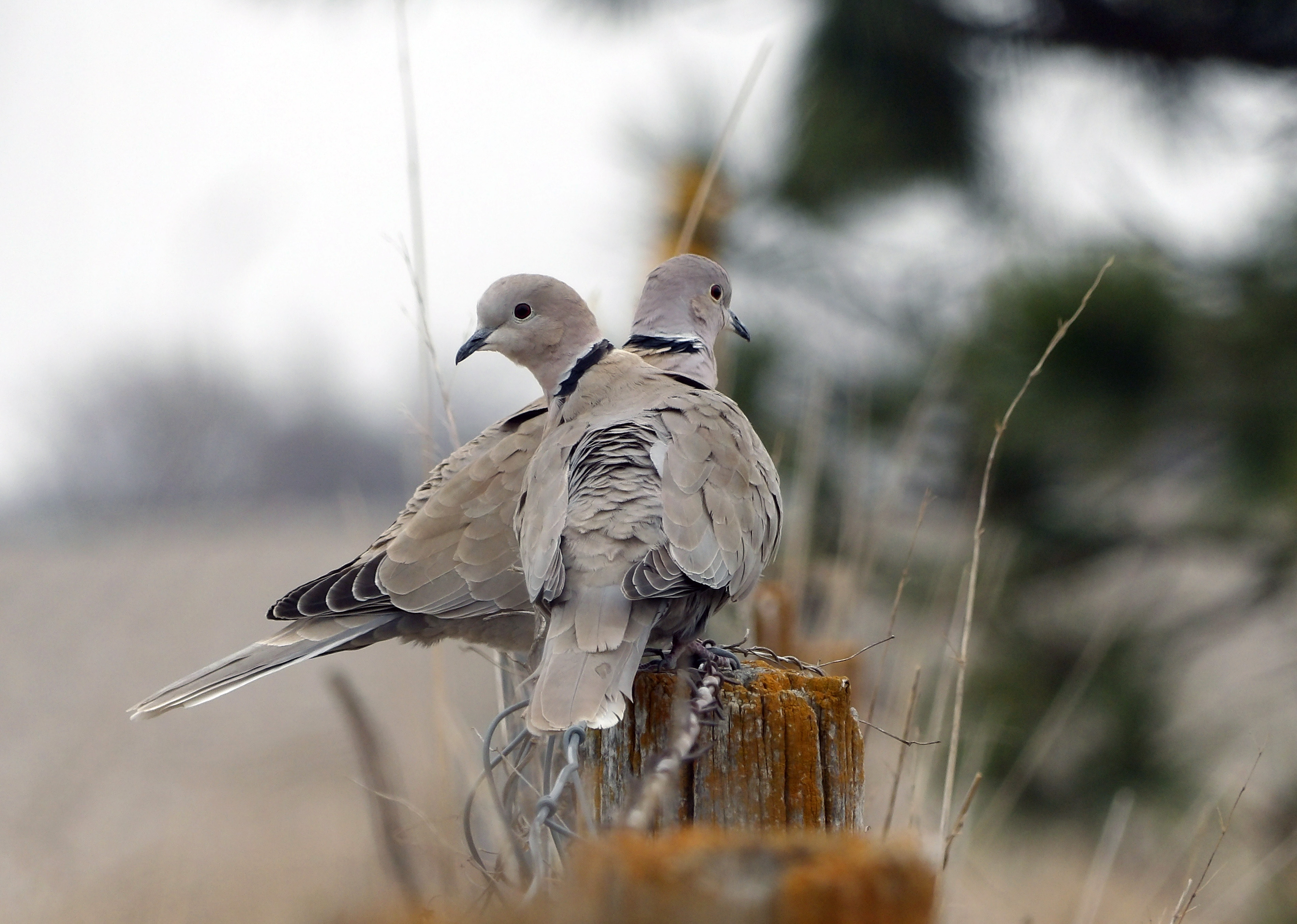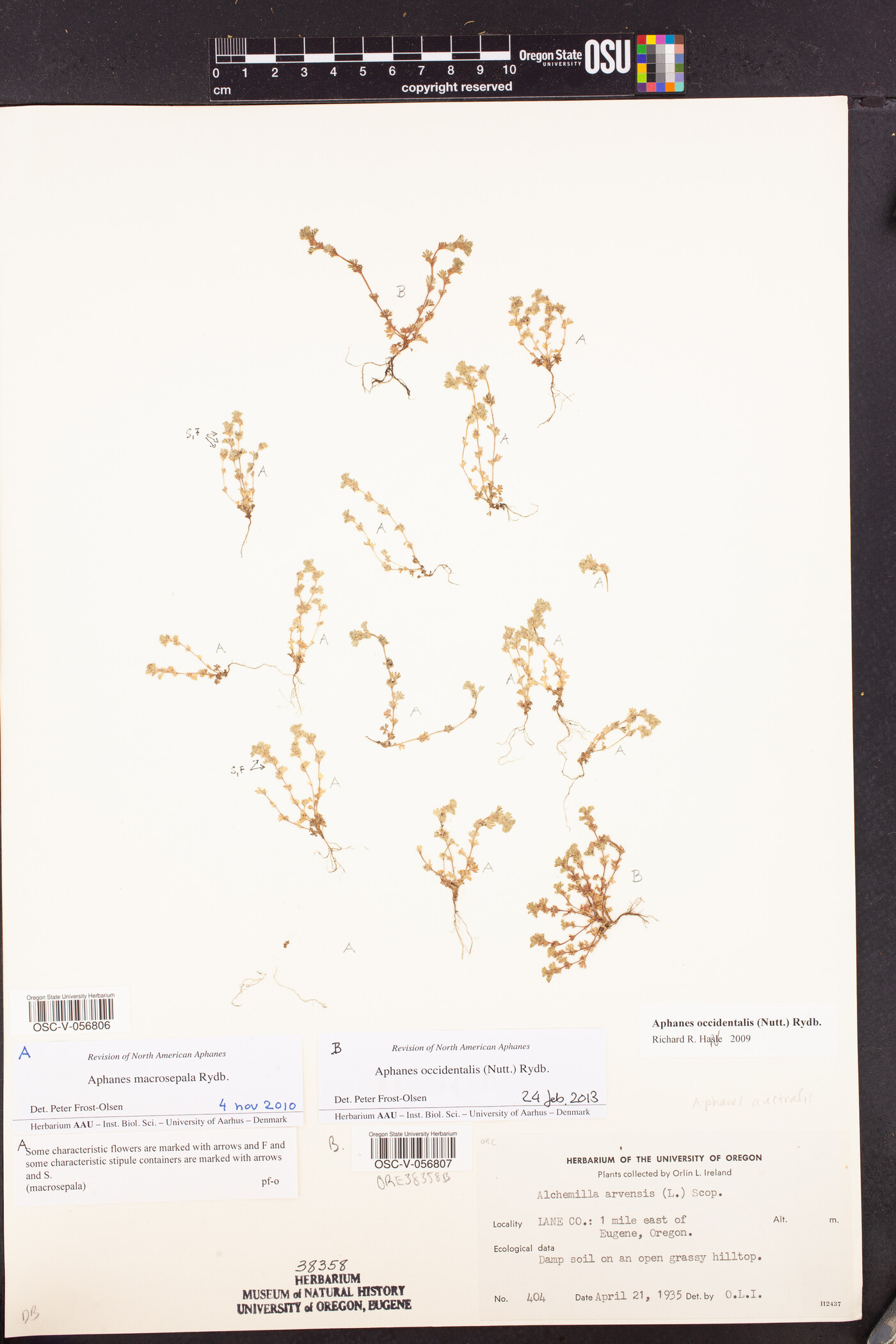Introduction: The Majestic Mountain Bluebird

The Mountain Bluebird (Sialia currucoides) holds a special place in Idaho’s natural heritage as the state bird since 1931. Known for its vibrant blue plumage, this small bird measures approximately 6 to 8 inches in length and can be found in the western regions of the United States, including Idaho. Its preferred habitats include mountainous areas, open fields, and meadows. The Mountain Bluebird is revered for both its visual beauty and melodious song, characterized by soft warbles and trills. In this article, we will explore the history, description, habitat, migration patterns, threats, and conservation efforts surrounding Idaho’s beloved state bird.
History: A Symbol of Beauty and Hope

The designation of the Mountain Bluebird as Idaho’s state bird in 1931 was influenced by its prevalence throughout the state and its striking blue color, reminiscent of Idaho’s clear skies. Beyond its aesthetic appeal, the Mountain Bluebird is deeply rooted in the heritage and folklore of Idaho, symbolizing happiness, hope, and good fortune. Its presence in the scenic landscapes evokes tranquility and natural harmony. Furthermore, the bird’s melodious song adds to its allure, enhancing the vibrant soundscape of Idaho’s wilderness.
Description: A Delightful Sight and Sound

The Mountain Bluebird is a small-sized thrush species that showcases a vibrant plumage and enchanting song. The male, measuring approximately 6.5 to 7 inches in length, dons a striking sky-blue color on its head, back, wings, and tail, while the female displays a more subdued coloration with hints of gray and brown. Both genders possess white underparts and a thin black bill, adding to their overall elegance. Their melodious song, consisting of soft warbles and trills, fills the air with a delightful symphony.
Habitat and Adaptability: Thriving in Idaho’s Diverse Landscapes

Mountain Bluebirds can be found across North America, with a strong presence in Idaho’s open grasslands, meadows, and mountainous regions. Their adaptability is showcased through their nesting behavior, utilizing natural tree cavities or nest boxes. In Idaho’s diverse habitats, including sagebrush steppe, agricultural fields, and riparian areas, these birds bring vibrancy and charm.
Migration and Conservation: Protecting a Beloved Species
![]()
As migratory birds, Mountain Bluebirds journey to Idaho during the spring and summer months for breeding. They play a crucial ecological role by feeding on insects, spiders, and berries, contributing to the balance and health of the ecosystem. Efforts to conserve the Mountain Bluebird population include the installation of nest boxes and conservation programs aimed at raising awareness about the importance of protecting this cherished species.
Conclusion

: A Symbol of Idaho’s Avian Diversity
![]()
The Mountain Bluebird, with its captivating appearance, enchanting song, and ecological significance, stands as a cherished symbol of Idaho’s avian diversity and natural heritage. Its prevalence in the state’s landscapes and its historical and cultural significance make it a beloved ambassador for Idahoans. By appreciating and protecting this majestic bird, we ensure the preservation of Idaho’s rich natural beauty for generations to come.
Interesting Facts About Idaho’s State Bird

The Mountain Bluebird, Idaho’s state bird, is a fascinating species with unique characteristics that make it a cherished emblem of Idaho’s avian diversity.
-
Distinctive Plumage: The male Mountain Bluebird captivates observers with its vibrant blue feathers, standing out against Idaho’s scenic landscapes.
-
Muted Elegance: In contrast, the female Mountain Bluebird possesses a pale blue body with a grayish-brown back, showcasing a subtle yet elegant beauty.
-
Melodious Song: The Mountain Bluebird’s enchanting vocalizations, consisting of soft warbles and trills, add a delightful touch to Idaho’s natural symphony.
-
Insectivorous Diet: These birds primarily feed on insects, making them valuable allies in controlling pest populations harmful to crops and gardens. In winter, they adapt their diet to include berries and fruits.
-
Hovering Hunters: Mountain Bluebirds display impressive aerial skills, hovering in mid-air while searching for insects to catch, showcasing their agility and adaptability.
-
Cavity Nesters: Mountain Bluebirds utilize natural cavities in trees or abandoned woodpecker holes as nesting sites, highlighting their resourcefulness and adaptability.
-
Winter Migration: While some Mountain Bluebirds remain in Idaho year-round, others migrate south during winter, seeking milder climates and abundant food sources.
-
Symbolic Significance: The Mountain Bluebird is considered a symbol of happiness and good fortune in various cultures, adding to its allure and charm.
These intriguing characteristics contribute to the significance of the Mountain Bluebird as Idaho’s state bird.
Habitat and Range of Idaho’s State Bird

The mountain bluebird (Sialia currucoides), Idaho’s state bird, thrives in diverse habitats across the state.
Habitat
Mountain Bluebirds are primarily found in open areas such as meadows, grasslands, and foothills adorned with scattered trees or shrubs. These habitats provide ideal conditions for nesting and foraging, with open areas allowing unobstructed foraging and prey spotting.
Range
Idaho serves as a year-round home for the Mountain Bluebird, observed throughout the state from lowlands to mountains. Their range extends from sagebrush deserts in the south to coniferous forests in the north, highlighting their adaptability to diverse ecosystems.
Nesting
Mountain Bluebirds typically seek out cavities for nesting, utilizing natural tree cavities or abandoned woodpecker holes. They readily accept man-made nest boxes, facilitating conservation efforts. In Idaho, they choose nest sites in open areas or along forest edges, combining secluded cavities’ safety with accessible open spaces.
Foraging
The diet of Mountain Bluebirds primarily consists of insects and small invertebrates during the breeding season. They employ a hunting technique involving hovering or perching on higher vantage points to spot prey, swiftly swooping down to capture it. In winter, they may supplement their diet with berries and fruits.
Migration
Mountain Bluebirds in Idaho are considered partial migrants. While some individuals stay year-round, others migrate to lower elevations or warmer regions during harsh winter conditions, adapting to changing environmental factors and finding suitable resources for survival.
Understanding the habitat and range of Idaho’s state bird, the Mountain Bluebird, provides valuable insights into its ecological requirements and behaviors, crucial for implementing effective conservation measures.
Migration Patterns of Idaho’s State Bird

The Mountain Bluebird, Idaho’s state bird, embarks on remarkable migration journeys as part of its annual life cycle. Migration is crucial for the bird’s survival, enabling it to adapt to changing seasons and find suitable breeding and wintering habitats.
Routes and Timing

Mountain Bluebirds in Idaho undertake diverse migration patterns depending on their breeding locations within the state. Some populations migrate to southern states like Arizona, New Mexico, and Texas, while others venture even farther south, reaching countries like Mexico and Central America.
Migration typically begins in late summer or early fall, between August and September. The birds take advantage of favorable weather conditions and abundant food sources during this time.
Migratory Behavior
Mountain Bluebirds are diurnal migrants, primarily traveling during the day and resting at night. This behavior allows them to navigate using visual cues, such as landmarks and celestial bodies. They often travel in flocks or small groups, following well-defined flyways that provide efficient routes for their migration.
Energy Sources
During migration, Mountain Bluebirds rely on insects, fruits, and berries to sustain their energy levels. Insects like beetles, grasshoppers, and caterpillars are essential components of their diet. Fruits and berries, such as juniper berries and wild cherries, serve as valuable energy-rich food sources, particularly during long-distance flights.
Human Impact
Human-made structures, such as nest boxes and birdhouses, play a significant role in aiding Mountain Bluebirds during migration. These structures provide crucial resting and feeding sites along their migration routes. Conservation efforts focused on establishing and maintaining these structures have proven beneficial in supporting the Mountain Bluebird population during their arduous journeys.
Conserving Migration Routes

Preserving suitable habitats along the migration routes is vital for the long-term survival of Mountain Bluebirds. Protecting open grasslands, meadows, sagebrush habitats, and other essential stopover sites ensures that the birds have sufficient resources to rest and refuel during their migratory travels. Additionally, raising awareness about the importance of conservation and encouraging responsible land management practices can contribute to the preservation of these critical migration routes.
Understanding the migration patterns of Idaho’s state bird, the Mountain Bluebird, provides valuable insights into its remarkable journey and highlights the significance of maintaining suitable habitats and conservation efforts along its migration routes. By safeguarding these habitats and promoting responsible stewardship, we can contribute to the continued presence and well-being of this beautiful migratory species.
Threats to Idaho’s State Bird

The mountain bluebird, Idaho’s state bird, faces various threats that impact its population and survival in the region:
-
Loss of habitat: Urbanization, agriculture, and land development contribute to the destruction and fragmentation of the mountain bluebird’s natural habitat. This loss of habitat makes it challenging for the bird to find suitable nesting sites and access sufficient food sources.
-
Climate change: Changing climate patterns, including temperature fluctuations and altered precipitation levels, pose challenges for the mountain bluebird. These changes can impact the availability of its primary food sources, such as insects and berries. Furthermore, shifts in weather patterns may disrupt the bird’s migration, breeding, and nesting behaviors.
-
Pesticides and pollution: The use of pesticides and exposure to pollutants have detrimental effects on the mountain bluebird’s health. These substances can directly poison the birds or contaminate their food sources, leading to reduced reproductive success and overall population decline.
-
Competition and predation: Invasive bird species compete with the mountain bluebird for nesting sites and food resources. The increasing presence of these competitors reduces the availability of suitable habitats for the bluebird. Additionally, natural predators such as snakes, raccoons, and larger birds pose a threat to the survival of mountain bluebird populations.
Efforts must be made to address these threats and protect the mountain bluebird in Idaho. Conservation initiatives aimed at preserving and restoring its habitat, raising awareness about the impacts of climate change, promoting responsible pesticide use, and implementing measures to control invasive species can help safeguard the future of this iconic state bird.
By understanding and mitigating the challenges faced by the mountain bluebird, Idaho can ensure the continued presence of this beautiful species in its natural landscapes.
Conservation Efforts for Idaho’s State Bird

Conservation efforts for the Mountain Bluebird in Idaho are crucial to protect its habitat and ensure the stability of its population. Various organizations and agencies actively work towards the preservation of this iconic state bird.
Nesting Site Provision
Mountain Bluebirds nest in tree cavities or specially designed nest boxes. Conservation organizations collaborate with landowners, communities, and volunteers to install and maintain nest boxes in strategic locations, enhancing the availability of nesting sites.
Monitoring and Protection
The Idaho Bird Conservation Partnership and the Idaho Department of Fish and Game play pivotal roles in monitoring and protecting the Mountain Bluebird population. Through extensive surveys, these organizations assess population trends, habitat quality, and address specific threats faced by the species.
Public Education and Outreach
Conservation organizations engage with communities, schools, and visitors to raise awareness about the significance of the Mountain Bluebird and its habitat. Through workshops, presentations, and guided field trips, they promote a deeper understanding of the bird’s ecological importance.
Habitat Management
Land management strategies include maintaining open spaces, reducing pesticide use, and controlling invasive species to preserve the Mountain Bluebird’s preferred habitats. Collaborative efforts between government agencies, conservation organizations, and local communities are essential for implementing and sustaining habitat management initiatives.
In conclusion, conservation efforts for the Mountain Bluebird in Idaho involve providing nesting sites, monitoring and protecting the population, conducting public education and outreach programs, and implementing habitat management practices. Through these combined efforts, Idaho strives to preserve the Mountain Bluebird’s habitat and maintain a stable population of this cherished state bird.
Conclusion
The Mountain Bluebird (Sialia currucoides) holds a special place as Idaho’s state bird. Designated in 1931, this vibrant blue bird represents the clear blue skies that grace the state’s landscape. Measuring about 6 to 8 inches in length, with a wingspan of 12 to 16 inches, the Mountain Bluebird is a small yet captivating species.
As a migratory bird, the Mountain Bluebird spends its summers in Idaho and winters in southern regions of the United States and Mexico. Conservation efforts have been implemented to protect the Mountain Bluebird and its habitat. Initiatives such as nest box installations aim to support their breeding and offer refuge during the nesting season.
By understanding the history, description, habitat, migration patterns, and conservation efforts surrounding Idaho’s state bird, we gain a deeper appreciation for the importance of preserving its presence in the state. The Mountain Bluebird’s graceful beauty, uplifting song, and ecological role make it a cherished symbol of Idaho’s natural heritage. Let us remember the Mountain Bluebird as a reminder of Idaho’s rich biodiversity and the need to safeguard its fragile ecosystems for future generations to cherish and enjoy.
Frequently Asked Questions
What is Idaho’s state bird?
Idaho’s state bird is the Mountain Bluebird (Sialia currucoides).
Why was the Mountain Bluebird chosen as Idaho’s state bird?
The Mountain Bluebird was designated as Idaho’s state bird in 1931 due to its prevalence throughout the state and its striking blue color, reminiscent of Idaho’s clear skies. It is deeply rooted in the heritage and folklore of Idaho, symbolizing happiness, hope, and good fortune.
Where can the Mountain Bluebird be found?
The Mountain Bluebird can be found in the western regions of the United States, including Idaho. It prefers habitats such as mountainous areas, open fields, and meadows.
What does the Mountain Bluebird look like?
The male Mountain Bluebird showcases a vibrant sky-blue plumage on its head, back, wings, and tail, while the female displays a more subdued coloration with hints of gray and brown. Both genders have white underparts and a thin black bill.
How is the Mountain Bluebird conserved in Idaho?
Conservation efforts for the Mountain Bluebird in Idaho include providing nesting sites through the installation of nest boxes, monitoring and protecting the population, conducting public education and outreach programs, and implementing habitat management practices such as maintaining open spaces, reducing pesticide use, and controlling invasive species.

Leave a Reply